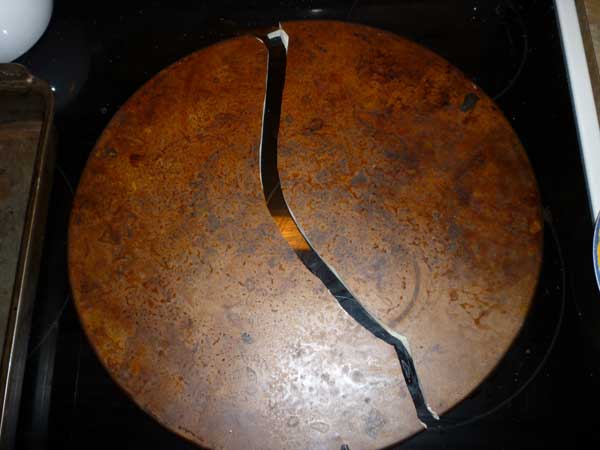The first step of denial can be universally applied to the gamut of tragedy from the loss of a cherished piece of jewelry to the unexpected death of a family member. Denial is not solely a temporary conclusion by the mind; it also manifests as a punch-to-the-gut, physical feeling. When I heard that my stepmother, Larysa, had passed a way, my verbal challenge “Are they sure it was her?” was joined by a rush of air to my eardrums. Denial’s query and a physical change work in tandem—I can understand why people faint from bad news! That first thirty seconds of strongest denial mirrors the moment of twisting an ankle with its bodily confusion. Here’s what’s weird to me: the amplitude of initial response does not vary according to life-altering quality of the news. In other words, the death of a loved one and the loss of a trinket can usher in the same strength of denial response, at least at first. “That did NOT just happen!” was internally wailed when my pizza stone split in half. I gasped that thought again on the day that I flushed my car keys down the toilet at work just before heading out to a brief for a military flight sortie. (Somebody did give me a ride and let me duck into a convenience store to pick up food provisions for the flight.) My takeaway advice: 1) Let denial run its short course for a minute or two and then recognize it as a natural reaction, 2) Expect the denial reaction from others when sharing bad news, and 3) Just sit down for a second before your knees give out.
